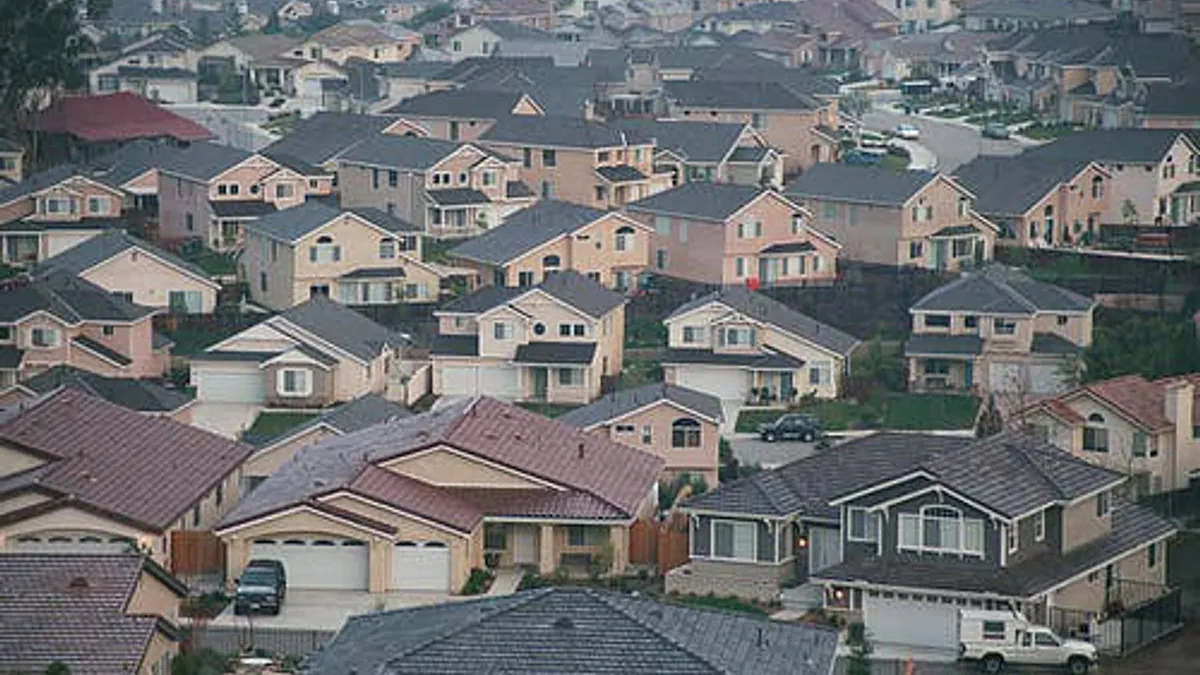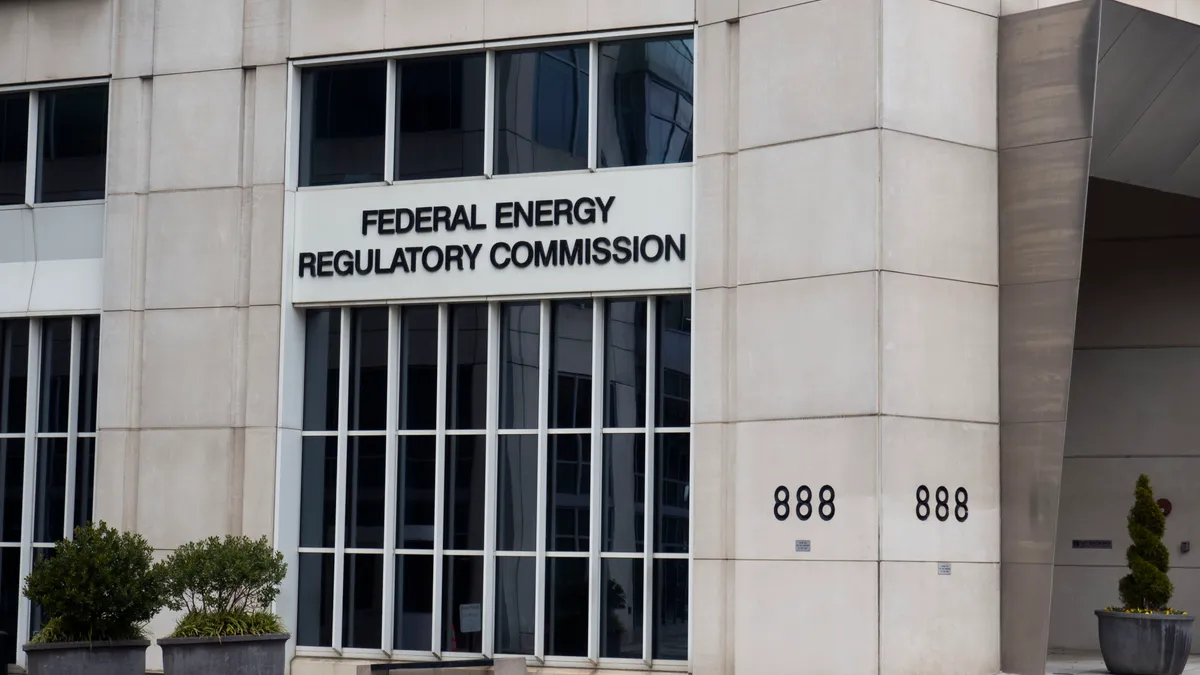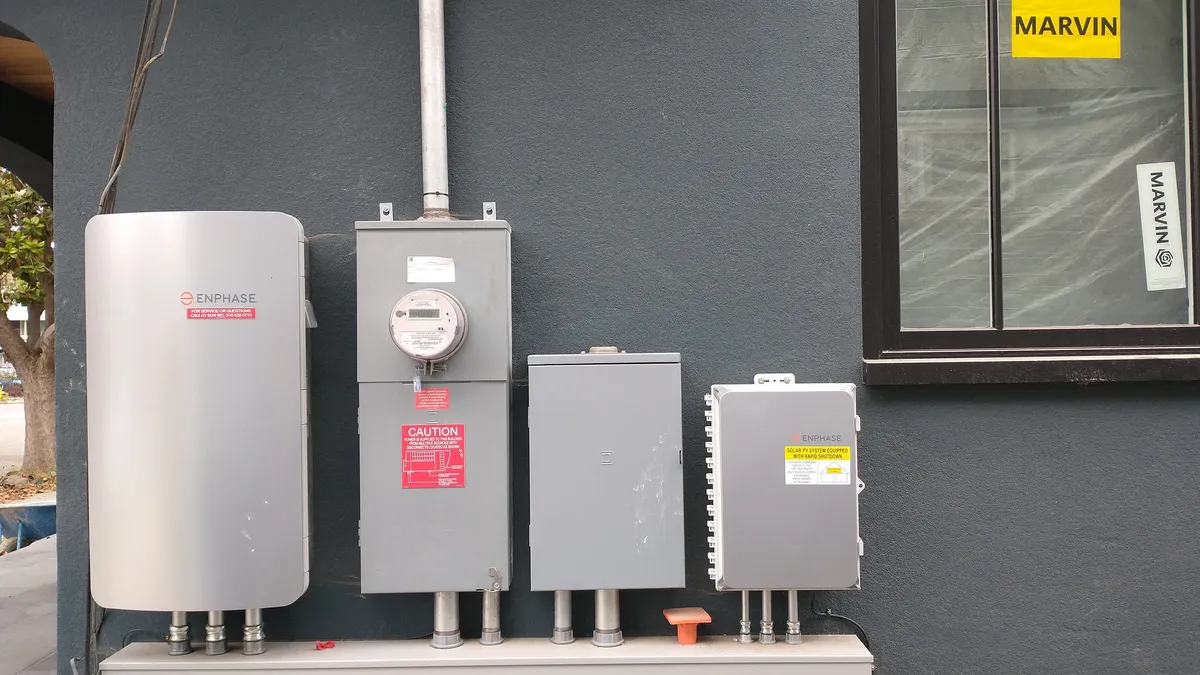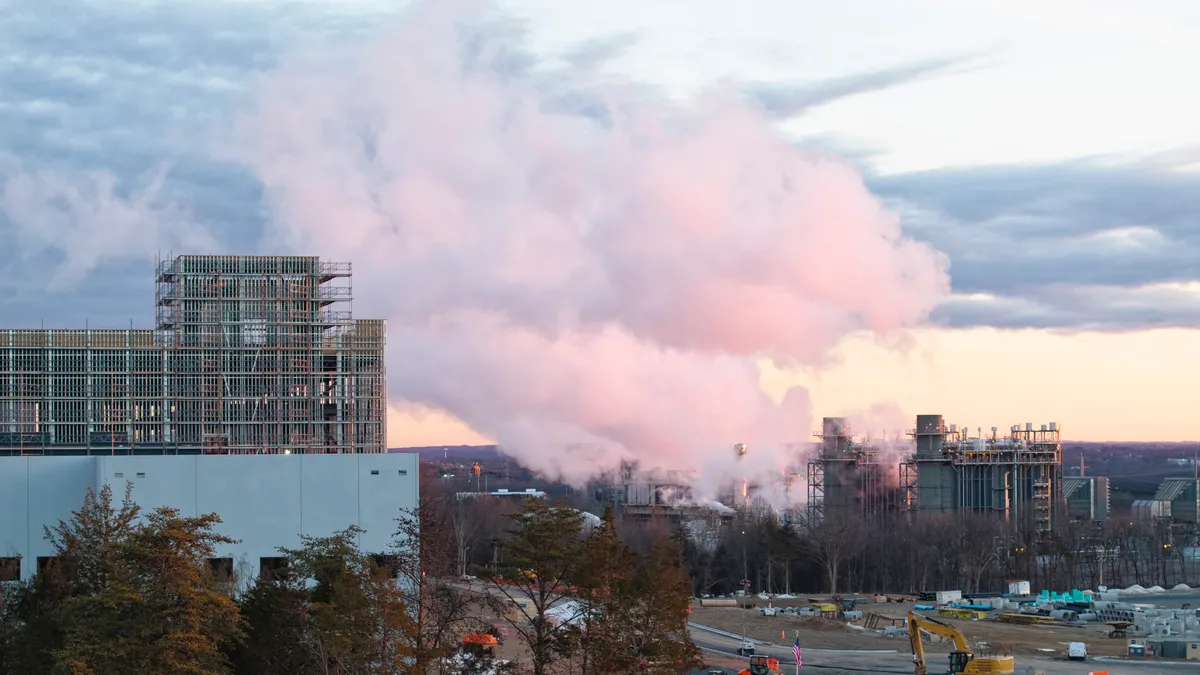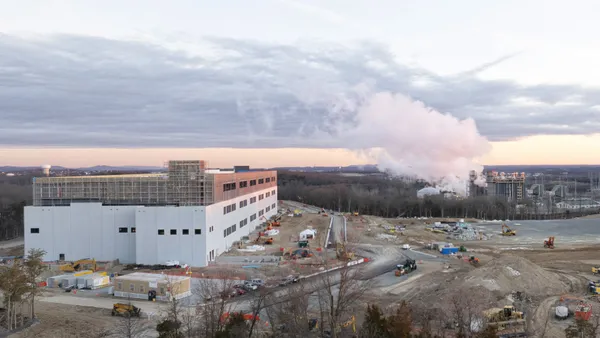The vast majority of the demand response action today is in the commercial and industrial sector. But if you look at the data, there’s a big slice of untouched demand pie in the residential space.
So why aren't utilities and demand response providers scrambling to eat it?
Residential demand response ain't easy
Instead of recruiting a small number of very big energy users, residential demand response is about enrolling lots of very small energy users.
It's easier for commercial and industrial customers to grasp the concept and value of demand response. Unlike residential customers, big energy users are used to thinking about how they get their energy and how they use it. They have much bigger utility bills, meaning there's more total dollar savings to be had.
The percentage saved on your average household utility bill may be similar to what’s saved on an industrial utility bill, but there’s a noticeable difference between $10 and $1,000—even if it’s 10% of both bills.
An untapped opportunity
Comverge—one of the big players in the residential demand response space—sees it differently.
We have "proven you can get critical mass with residential customers over the course of our history as a company," said Jason Cigarran, VP of Corporate Marketing and Communications at Comverge.
Some parts of the industry don't believe in residential demand response "because [residential customers] don't have the volume of load that a large industrial manufacturing customer does," he said.
Comverge recently put out an infographic to dispel the myth that residential demand response is not important:

Because where others see a worthless task, Comverge sees untapped opportunity.
A big slice of demand pie
While demand response providers and utilities are focused on the low-hanging demand response fruit in the commercial and industrial space, U.S. retail electricity sales to residential customers actually currently outweigh sales to both the commercial and industrial sectors.


But those numbers only tell part of the story.
That's because, in certain areas of the country, the majority of peak load actually comes from residential consumption. For example, 75% of peak demand during Texas summers comes from residential and small commercial customers.
Regions with hot summer seasons are particularly ripe opportunities for residential demand response programs. Why? A massive slice of peak demand comes from air conditioners. After all, it's no coincidence that many critical peak days occur during heat waves.
That's why Comverge believes so strongly in the residential demand response opportunity—even when there are many easier-to-move kilowatt-hours in the C&I space.
Even a cursory glance at the numbers shows that residential demand response programs have significant room to grow:



The data clearly shows that, as of right now, there are far more peak savings to be had in the commercial and industrial space, despite there simply being more megawatt-hours available in the residential space.
So why aren't more utilities and providers tapping the potential of residential demand response?
Dynamic pricing: The missing link?
"The largest barrier to serious residential and small commercial penetration of smart grid," Ron Binz said in October, is the absence of dynamic pricing.
"To me, that's what's holding back what I call the 'retail smart grid,'" said Binz, President Obama's recently defeated pick to lead the Federal Energy Regulatory Commission (FERC) and former chairman of the Colorado Public Utilities Commission. "You can have all the smart meters in the world, but—without some market edge in there, some point of arbitrage—you’re not going to see the vendors show up.”
Recently retired FERC chairman Jon Wellinghoff agrees with Binz's assessment.
“At the end of the month, consumers get a bill that basically says your cost is 10 cents or 12 cents or 15 cents a kilowatt-hour. But consumers have no concept of how the cost of electricity varies—it varies minute-by-minute, virtually by the cost of the resources that come into the system based on demand and other factors," Wellinghoff said in October. “We cannot continue to have average prices when we have unaverage usage patterns.”
But dynamic pricing is only available to far less than 1% of residential customers today. So how do we move to mainstream dynamic pricing?
Binz suggests something he calls the "Top 20" idea.
Regulators would essentially make time-of-use rates "mandatory for some segment of residential customer class—say, the top 20% of largest energy users," he said. "That will pick up 40-50% of all kilowatt-hours. It’s not a particularly sympathetic group of people. You're not going after the little old lady in tennis shoes. Typically, you’ll be targeting people with air conditioning, large houses, eventually the first electric vehicle customers. I think the commissions could [...] 'get away with that' and create—instantaneously—a market for the smart grid in the residential class."
But Wellinghoff believes a more fundamental change to the utility industry is needed to unlock the full potential of demand response.
“The only way that dynamic pricing will work is with market competition,” he said."Ultimately, we need to go to a competitive retail system."
Outlook for 2014 and beyond
If dynamic pricing is the key to unlocking the full potential of residential demand response, the outlook isn't great.
Navigant Research estimates less than 3% of residential customers have access to dynamic pricing today and "well below" 1% have actually adopted it. In a best-case scenario—for which "a significant shift in regulatory momentum" is needed—dynamic pricing will be available to 60% of residential customers by 2020, with only 18% adopting.

Right now, "implementation of dynamic pricing programs is stagnant," Cigarran said. "Regulated utilities need an impetus to change their business model."
That said, Comverge believes the residential demand response opportunity is still a big one. For utilities and providers, the keys to doing residential demand response right are segmentation and education. You just need to know "who the right targets are," Cigarran said.
But let’s not forget that the EPA’s carbon emission standards for existing power plants, which will be proposed in June 2014, could change the game.
Binz predicts demand response will soon become a "compliance mechanism" and "least-cost solution" for utilities to get within the bounds of the looming rules.
“When you put the cost of carbon into the electricity price you have suddenly boosted [...] the relative value of energy efficiency and demand response in a way that all of these other patches and fixes we’ve been talking about don’t add up to that much,” Binz said.
So while the commercial and industrial sector's demand slice is getting gobbled up today, utilities and providers could turn their attention to residential demand response sooner rather than later.
What do you think? Talk to us on Twitter: @davide_savenije and @comverge.
Enjoyed what you read? You may also want to read Utility Dive's look at 8 disruptive companies that utilities should watch in 2014.



